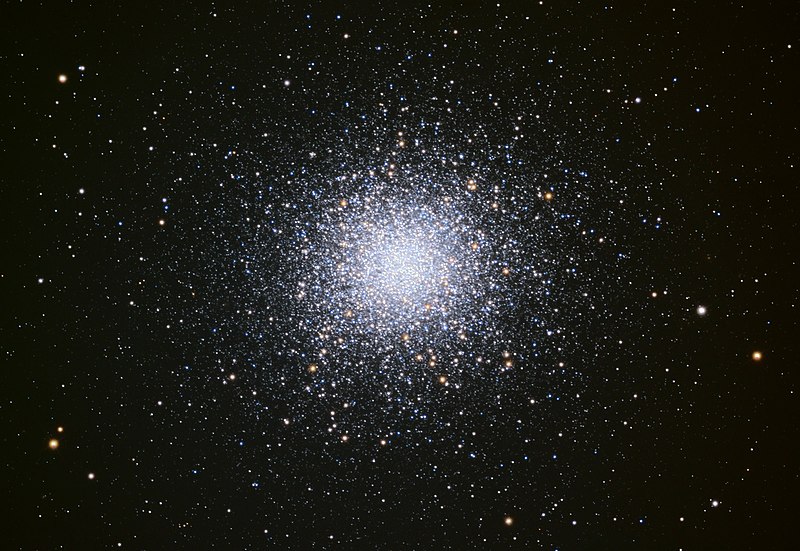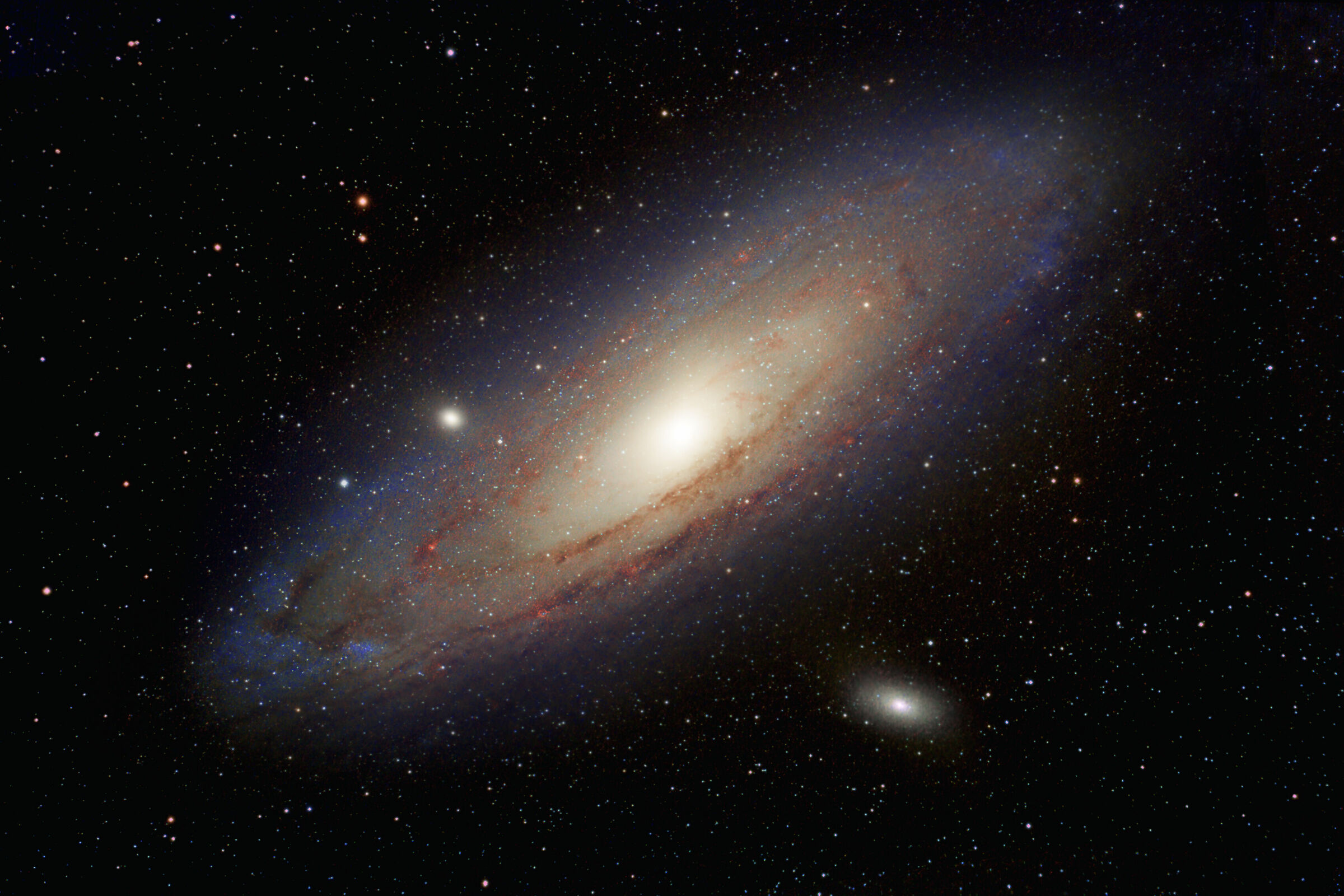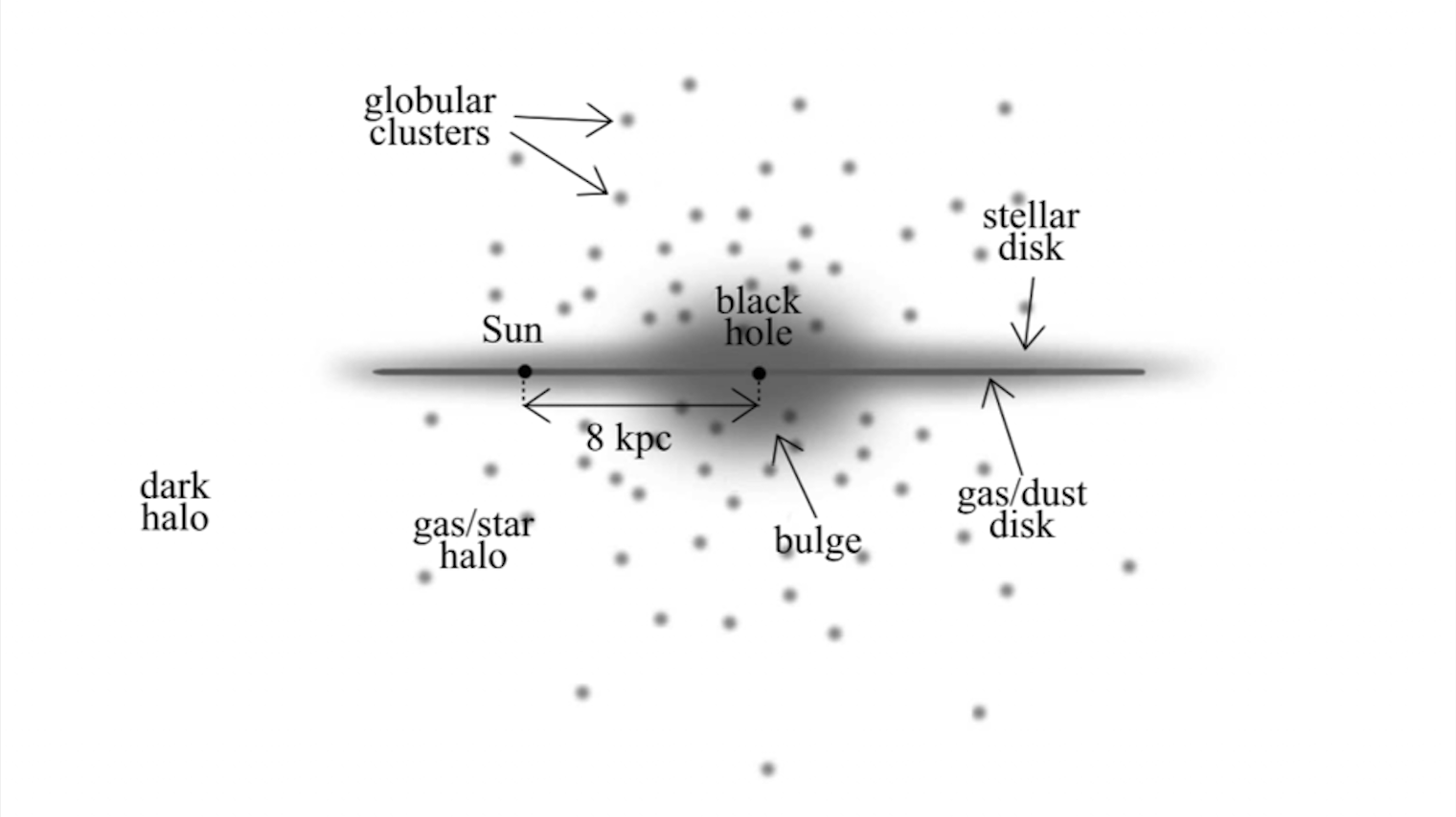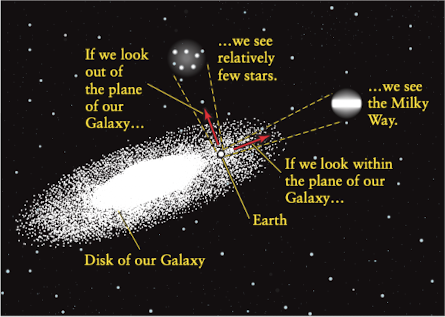An introductory Talk to Globular Clusters
Introduction
Lorem ipsum dolor sit Nunc varius massa ut tristique tincidunt. Vivamus quis metus ut arcu condimentum dictum. Vestibulum porttitor velit sollicitudin eros malesuada, ut pretium sem varius. Aenean vel mattis dolor. Sed vitae vestibulum mi. Etiam id lorem sed justo dignissim convallis. Maecenas vehicula consectetur enim pellentesque porta. Praesent quis dolor vulputate velit venenatis faucibus. Phasellus quis erat dignissim, lacinia tortor eget, fermentum lacus. Donec euismod vestibulum metus. Curabitur fringilla porttitor sapien. Proin commodo fermentum mi, at faucibus ipsum laoreet sed. Vivamus sed dapibus augue. Quisque nisi metus, pulvinar vel justo vitae, facilisis pretium dui. Vestibulum ac mi fringilla, vehicula dui in, fringilla risus. Fusce congue pretium eros, vitae hendrerit augue eleifend quis. In vulputate urna vel enim egestas vehicula. Duis dignissim ex nec purus vestibulum lobortis. Proin lobortis molestie sapien, et commodo risus viverra in. Nullam a volutpat arcu.
Notes
Globular Clusters
Globular clusters are among the oldest objects in our Universe; in fact, the average age of these objects exceeds 10 billion years. In the following paragraphs, we will understand what these objects are and discuss their main characteristics.
What is a globular cluster?
Our Sun is a solitary star. However, many stars are grouped in
pairs, known as binary stars, with both orbiting
around their common center of mass. Larger groups of stars are
also relatively common. This is the case with
globular clusters.
A globular cluster is a very large collection of
stars. A typical Globular Cluster can contain, in
orders of magnitude, between one hundred thousand and one
million stars. In Figure
1, there is a photo of one
of these objects; the subject of the photo is M13, also known
as the Hercules Globular Cluster because it is located in the
constellation Hercules, a constellation visible from Italian
latitudes only during the summer.
The stars that make up these objects are characterized by
their great age. As mentioned earlier, the age of the stars in
globular clusters exceeds 10 billion years. In the case of
M13, the age of its stars is estimated to be around 12 billion
years. The stars that form globular clusters belong
to a category that astrophysicists have named
Population II stars. This type of star is not
only found in globular clusters but can also be
found, for example, near the central region of our galaxy.
Population II stars are characterized by a
low metallicity. The term "metallicity"
refers to the percentage or mass content of a star's
constituents other than Hydrogen and Helium. Therefore, when a
star has low metallicity, it means that it has much fewer
chemical elements other than Hydrogen and Helium compared to
other stars, particularly compared to
Population I stars, which include our Sun.
This characteristic of low metallicity in Population II stars
allows us, through simple reasoning that we won't explore in
detail at this time, to conclude that these stars are very
old.
As we will see in detail shortly, these objects are part of
our galaxy, and current knowledge about them allows us to
conclude that they formed along with our galaxy. Therefore,
the estimated age of the stars in these objects also provides
an estimate of the age of our galaxy!

Morphology of globular clusters
The photo in Figure
1 gives us an idea of the
shape of globular clusters. These celestial objects
are spherical in shape. The main reason for this shape is the
same reason these groups of stars remain bound together and do
not disperse in all directions: Gravity. The gravitational
interaction that the stars within the cluster exert on each
other holds the cluster together and gives it a spherical
shape. This same gravitational interaction among the stars in
the cluster is also responsible for another phenomenon that
astrophysicists have named mass segregation.
Without delving too deeply into this phenomenon, what is
observed is that the heavier stars in these clusters tend to
accumulate in the central regions, while the lighter ones are
found in the outer regions.
A very "scenic" effect caused by mass segregation is the
disintegration of the cluster itself. In fact, due to this
distribution of stars based on their mass, the heavier stars
in the central areas of the cluster are more tightly bound to
the cluster, while the lighter stars in the peripheral areas
are less bound. This phenomenon, combined with the fact that
globular clusters rotate around the center of our galaxy, in
the same way that the planets in the solar system orbit the
Sun, causes globular clusters to leave behind a trail of stars
along their trajectory around the galactic center. As they
orbit around the galactic center, they must also pass through
regions of the galactic disk. When this happens, the objects
in the galactic disk exert sufficient gravitational forces on
the globular cluster to strip away the less tightly bound
stars, dispersing them along its trajectory.
Hunting for globular clusters
Where are globular clusters found? As mentioned earlier, globular clusters are located near our galaxy, specifically in the region that astrophysicists have called the galactic halo (or halo in English). To understand where this region is, let's briefly review the morphological structure of our galaxy and, more generally, of spiral galaxies.
The structure of spiral galaxies
If you've had the fortune of observing the night sky in a region with very low light pollution during a time of year when the Milky Way is clearly visible, what you would have seen is a spectacular scene similar to the one shown in Figure 2.

But what is the Milky Way? What is this sort of milky
trail that traverses the night sky? The answer is that the
Milky Way is our galaxy, and we are observing it from
within, but let's clarify this.
What appears to be a milky trail is the collection of stars,
gas, and interstellar dust that forms the disk of our galaxy,
the Milky Way. Surely, you have come across photos of
spiral galaxies on the internet, like those shown in Figure
3.


As can be distinguished from the photos above, spiral galaxies have a very flattened and circular, disk-like shape. This is a characteristic of all spiral galaxies. Another particularly evident feature from the photos of spiral galaxies is the presence of arms, like those seen in the left-hand photo above, but which we are not interested in discussing further at this moment. In general, the structure of spiral galaxies can be schematized in Figure 4.

With reference to Figure 4, let's list and briefly comment on the components of the structure of a spiral galaxy:
- Bulge: A spheroidal structure composed of Population II stars, located at the center of the galaxy.
- Stellar Disk: The main component of the galaxy where most of the stars are located, forming a flat, thin disk.
- Gas and Dust Disk: Similar to the stellar disk, but composed of gas and dust crucial for star formation.
- Halo of Gas and Stars: A halo containing scattered gas and stars, extending beyond the main disk of the galaxy.
- Dark Matter Halo: An extended halo that surrounds the galaxy, significantly contributing to the total mass of the galaxy and influencing its rotation.
Finally, in Figure 4,
many "dots" are shown; these are the
globular clusters belonging to the galaxy. As seen in
the figure, they are randomly dispersed in the region of the
galactic halo. As we mentioned in the previous paragraph,
globular clusters orbit around the center of the
galaxy. This important characteristic of
globular clusters allowed Harlow Shapley in 1918 to
establish that the center of our galaxy is located in the
direction of the constellation Sagittarius. With today's
knowledge, we know that the center of our galaxy is indeed in
the direction identified by Shapley and is located 26,000
light-years away from the Sun.
To conclude this chapter, let's clarify how all the
characteristics of an elliptical galaxy can be seen in the
milky stripe in Figure 2. At
least regarding the various parts of the disk of the
Milky Way, Figure
5 can immediately
clarify how what we see as a milky stripe is indeed the disk
of our galaxy.

What we see in Figure 5 is that when we look at the milky stripe, we are indeed looking at the disk of our galaxy. The milky effect is due to the high density of stars, gas, and dust populating the galaxy's disk compared to the galactic halo, where there are far fewer objects to observe.
contact
Let's Collaborate!
hello@lupomarco
* Marked fields are required to fill.